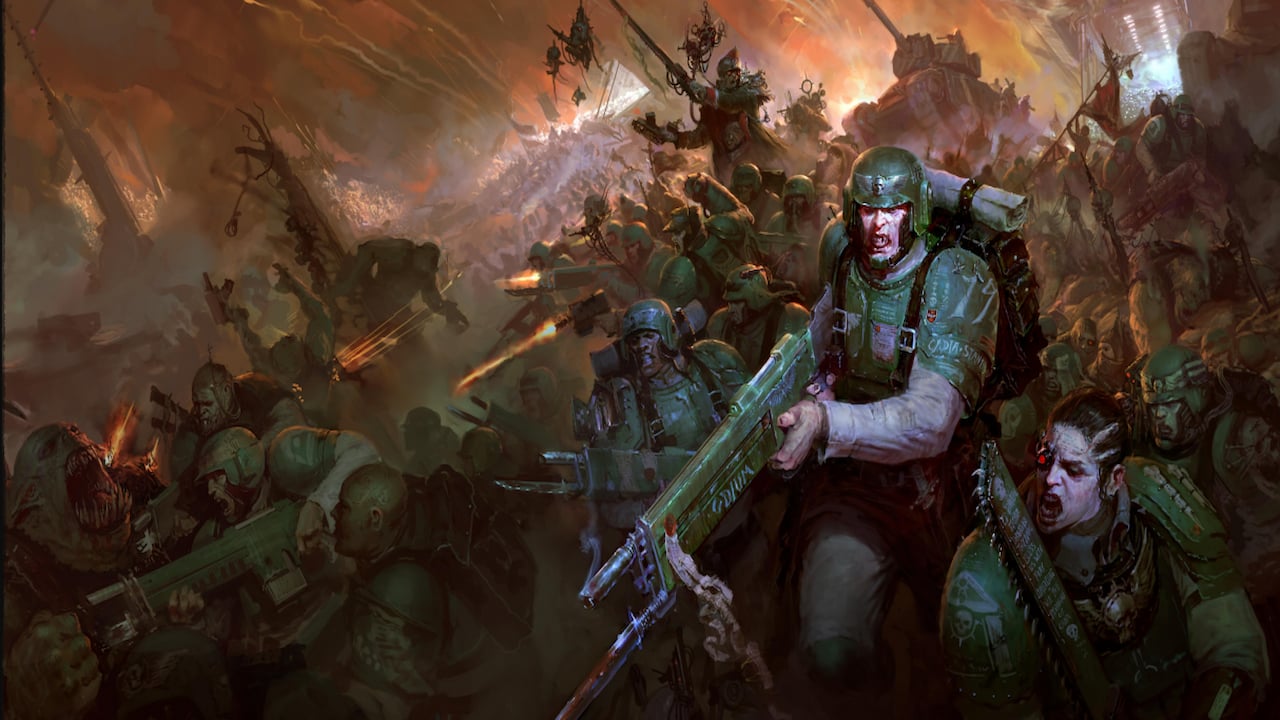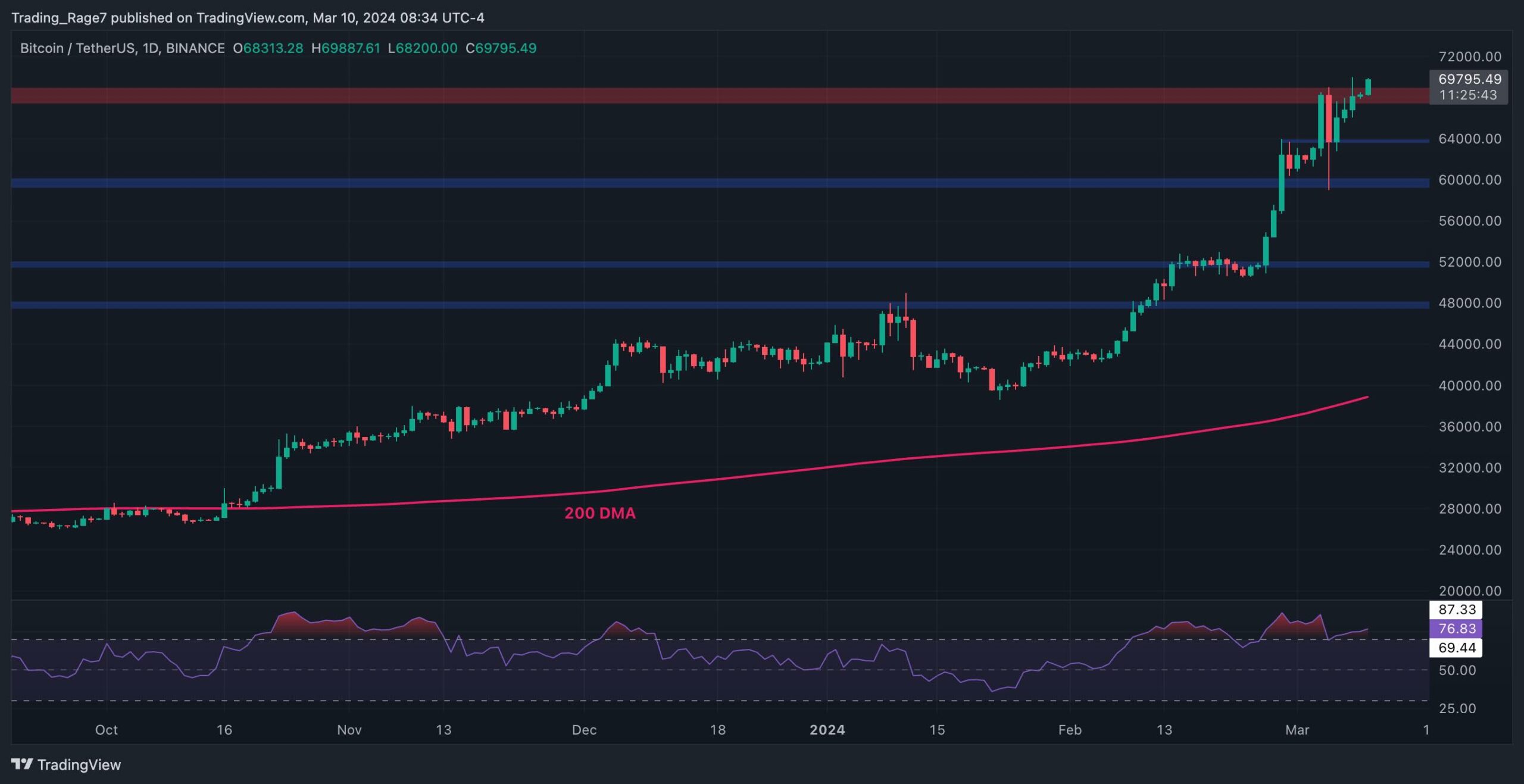Early testing suggests Nikon Z6III pays a price for its speed
When you use DPReview links to buy products, the site may earn a commission. Photo: Richard Butler Results published by Bill Claff and by forum regular Horshack both point to the Nikon Z6 III having appreciably lower dynamic range than the previous generation of 24MP sensors. Faster sensor readout is often associated with higher levels of read noise, and this appears to be the case with what Nikon is calling the "Partially Stacked" sensor in the Z6III. Bill Claff's photons to photos site reports a maximum dynamic range of 10.4EV, using his own "photographic DR" metric. This compares to a figure of 11.3EV for the Z6 II. It's important to stress that dynamic range is not the same thing as image quality: two cameras can demonstrate the same dynamic range cut-off even while one exhibits much better tonal quality across much of the brightness range of its images. So it's not safe to make assumptions about the Z6III's overall image quality in relation to other cameras' DR numbers. "We won't be making any assumptions about whether a speed vs DR trade-off is worthwhile until we've seen more of the camera's overall IQ nd got more of a sense of its performance" However, after a long period in which most cameras showed extremely low levels of read noise, allowing the deep shadows of images to be brightened and incorporated into images, it's definitely noteworthy that the Z6III will have noisier shadows than its predecessor and the Nikon Zf. The trade-off for this reduction in shadow performance is the high-speed shooting modes, the improved rolling shutter in both video and e-shutter stills, and any AF performance advantage shown over the Zf. The Z6III's sensor has a dual conversion gain design, and the higher gain step is sufficient to overcome the read noise difference seen at lower ISOs, bringing the Z6III back into line with the Z6 II, but it's the peak dynamic range figures (typically for base ISO) that are most meaningful. We have not yet received a testable camera so cannot corroborate the results, but the findings of lower dynamic range by multiple experienced and knowledgeable users makes us feel confident enough to report them. We'll be testing the Z6 III and showing how photographically meaningful these differences are or aren't, as soon as we receive a camera. And, critically, we won't be making any assumptions about whether a speed vs DR trade-off is worthwhile until we've seen more of the camera's overall IQ and got more of a sense of its performance.

 |
| Photo: Richard Butler |
Results published by Bill Claff and by forum regular Horshack both point to the Nikon Z6 III having appreciably lower dynamic range than the previous generation of 24MP sensors.
Faster sensor readout is often associated with higher levels of read noise, and this appears to be the case with what Nikon is calling the "Partially Stacked" sensor in the Z6III. Bill Claff's photons to photos site reports a maximum dynamic range of 10.4EV, using his own "photographic DR" metric. This compares to a figure of 11.3EV for the Z6 II.
It's important to stress that dynamic range is not the same thing as image quality: two cameras can demonstrate the same dynamic range cut-off even while one exhibits much better tonal quality across much of the brightness range of its images. So it's not safe to make assumptions about the Z6III's overall image quality in relation to other cameras' DR numbers.
"We won't be making any assumptions about whether a speed vs DR trade-off is worthwhile until we've seen more of the camera's overall IQ nd got more of a sense of its performance"
However, after a long period in which most cameras showed extremely low levels of read noise, allowing the deep shadows of images to be brightened and incorporated into images, it's definitely noteworthy that the Z6III will have noisier shadows than its predecessor and the Nikon Zf. The trade-off for this reduction in shadow performance is the high-speed shooting modes, the improved rolling shutter in both video and e-shutter stills, and any AF performance advantage shown over the Zf.
The Z6III's sensor has a dual conversion gain design, and the higher gain step is sufficient to overcome the read noise difference seen at lower ISOs, bringing the Z6III back into line with the Z6 II, but it's the peak dynamic range figures (typically for base ISO) that are most meaningful.
We have not yet received a testable camera so cannot corroborate the results, but the findings of lower dynamic range by multiple experienced and knowledgeable users makes us feel confident enough to report them. We'll be testing the Z6 III and showing how photographically meaningful these differences are or aren't, as soon as we receive a camera.
And, critically, we won't be making any assumptions about whether a speed vs DR trade-off is worthwhile until we've seen more of the camera's overall IQ and got more of a sense of its performance.
What's Your Reaction?









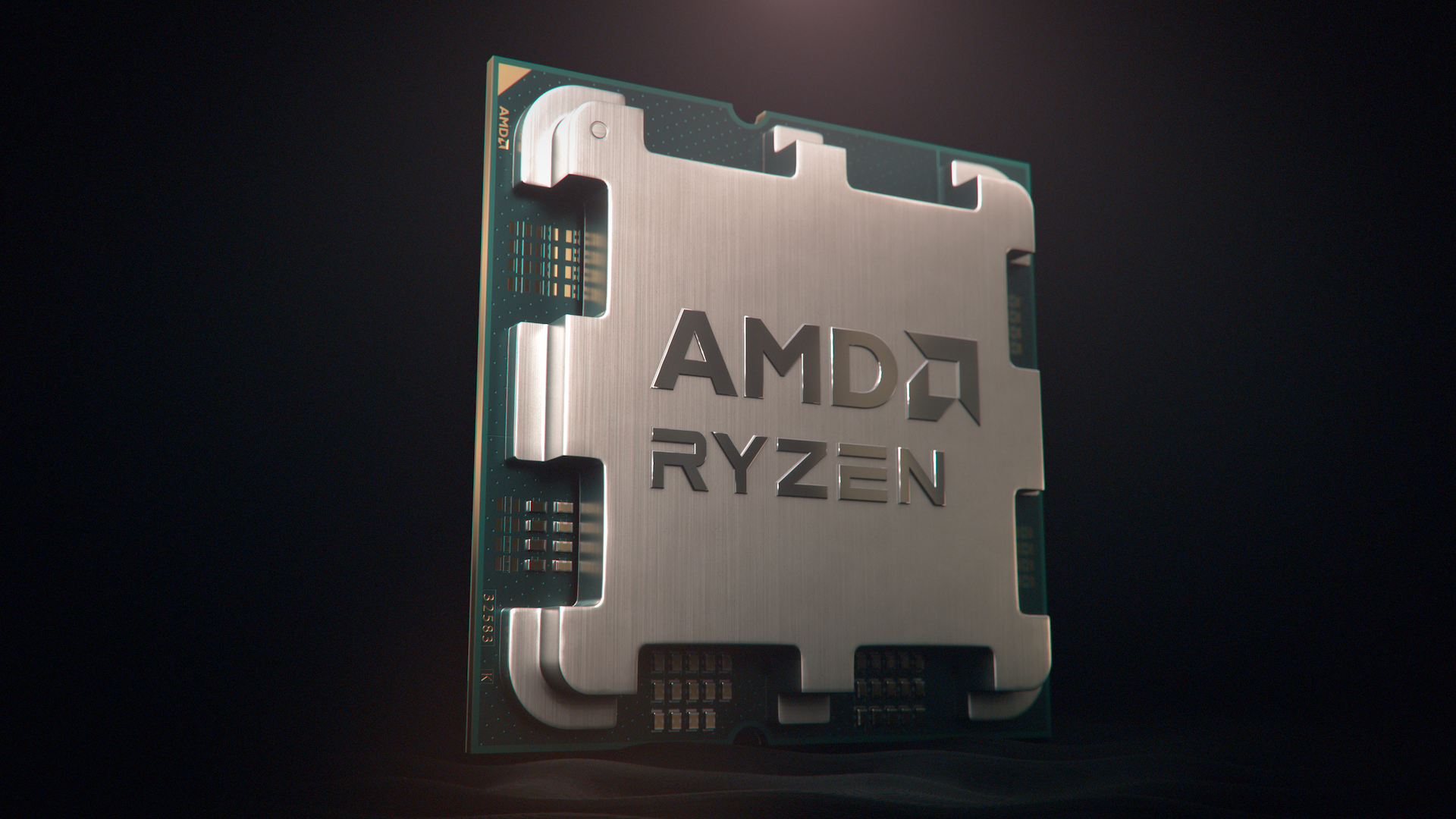








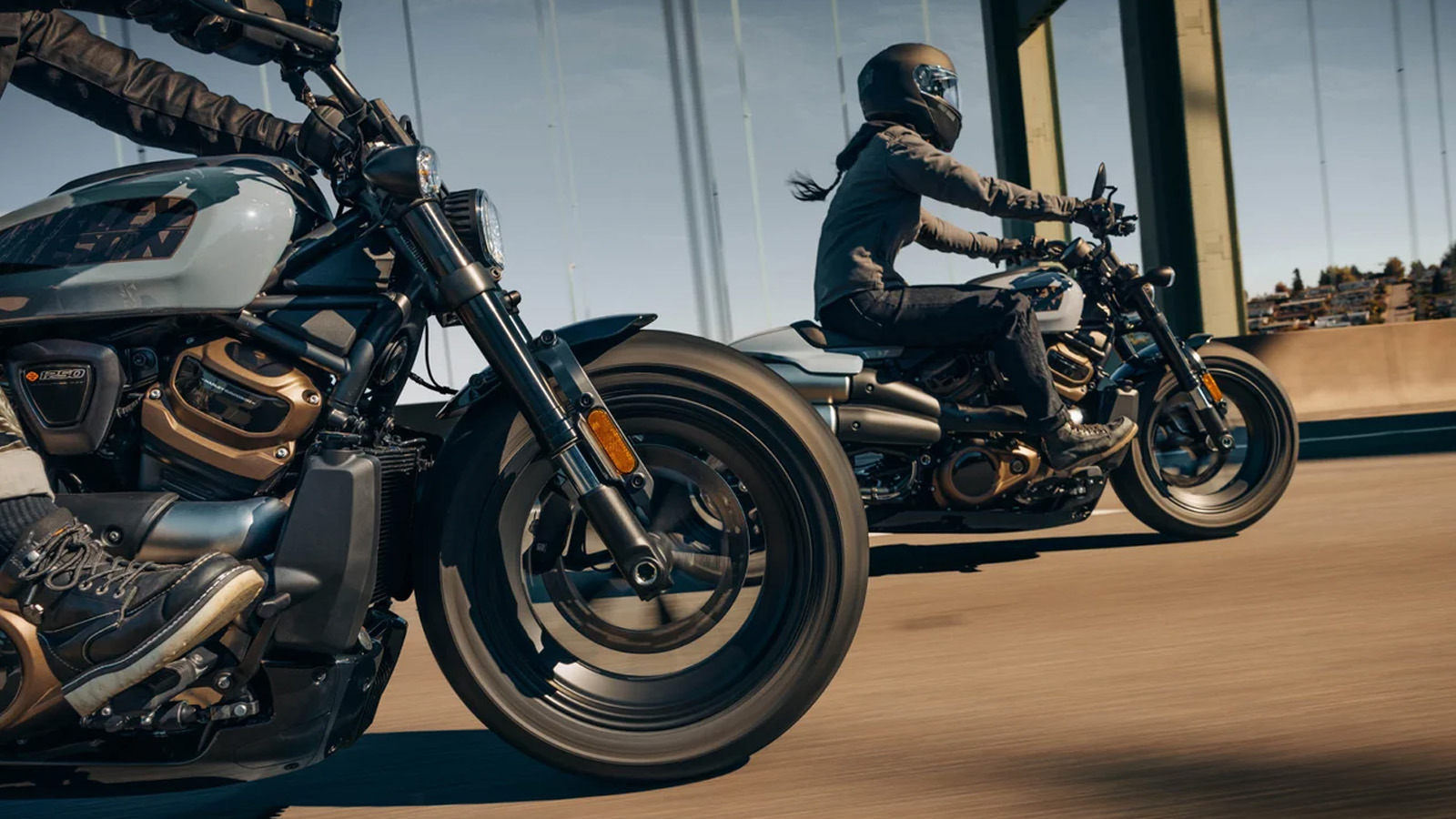
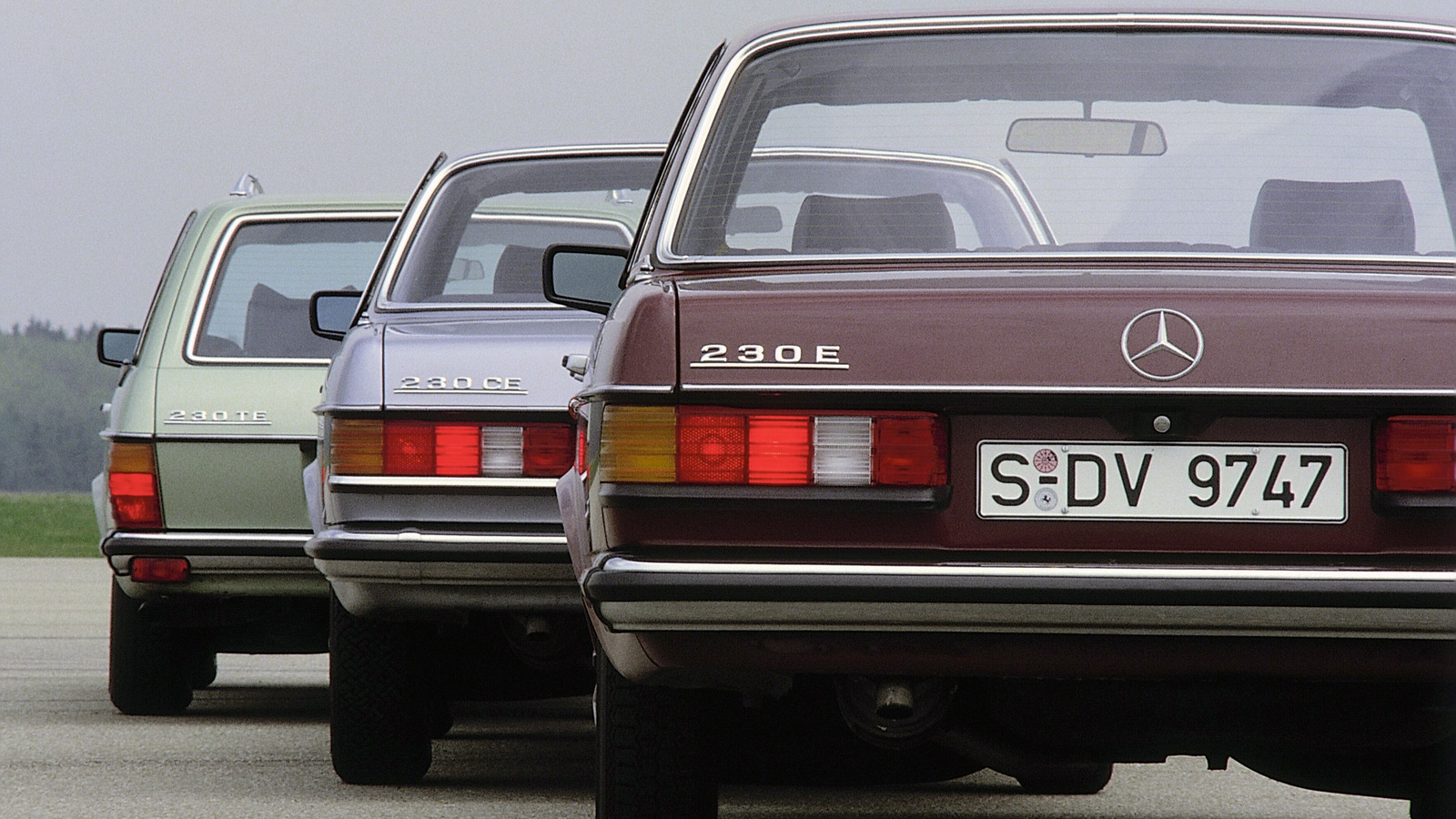
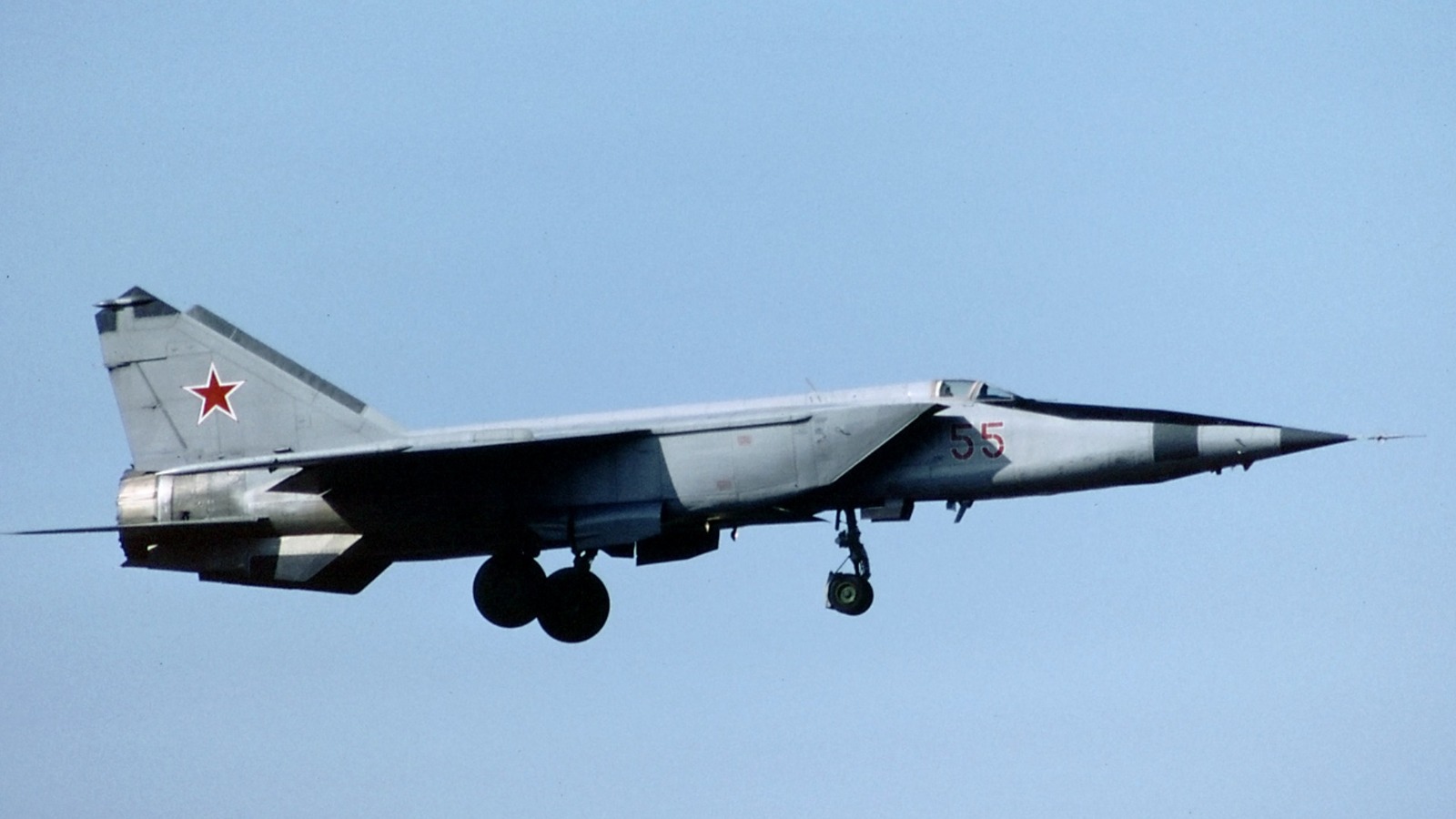
/cdn.vox-cdn.com/uploads/chorus_asset/file/25518688/8A0A1493.jpeg)

